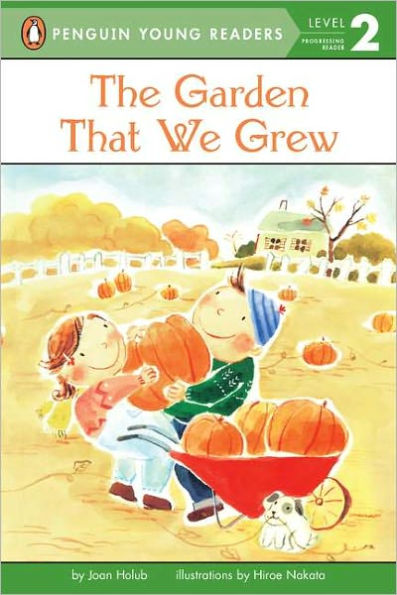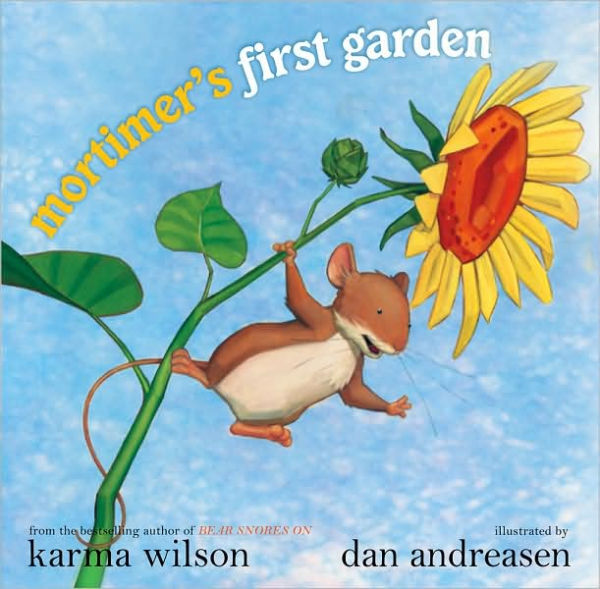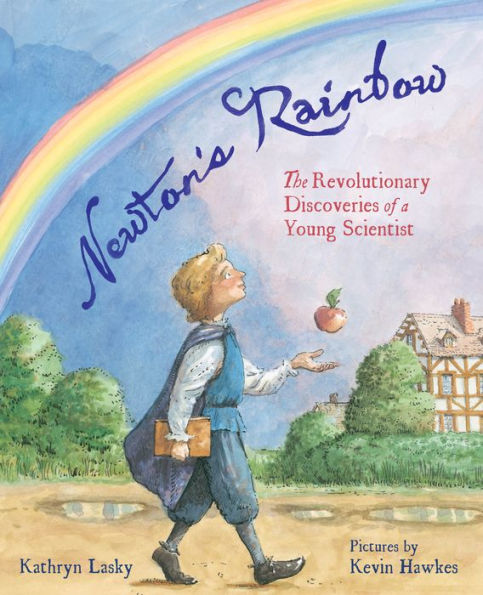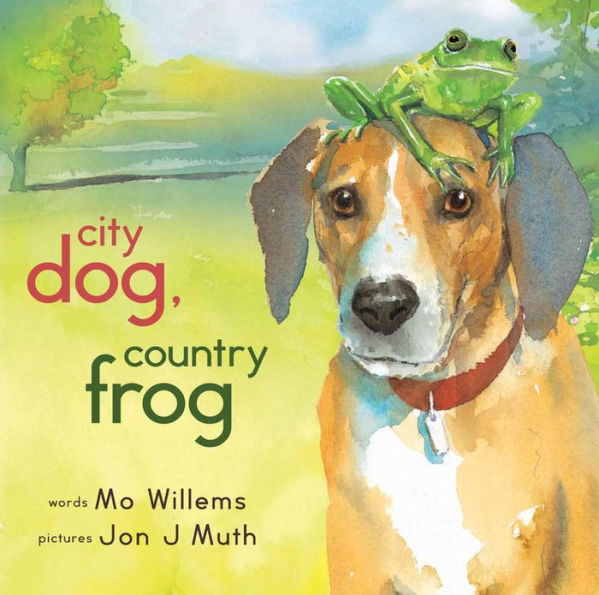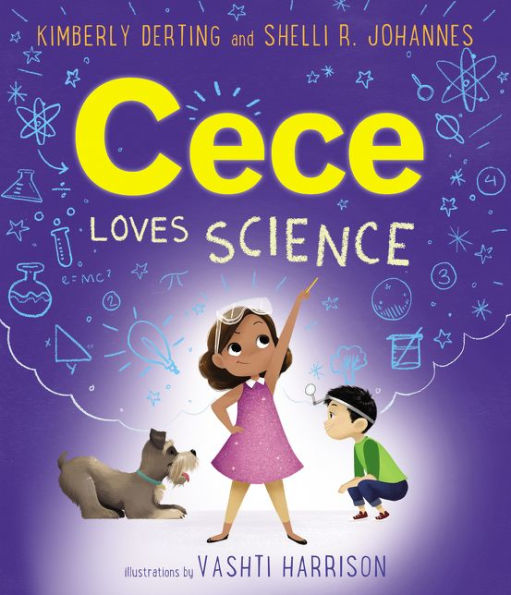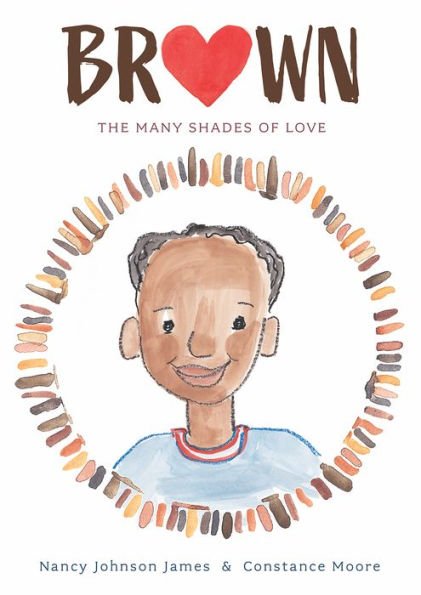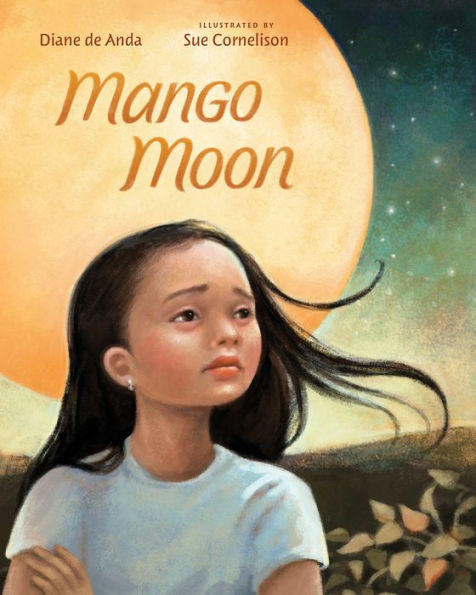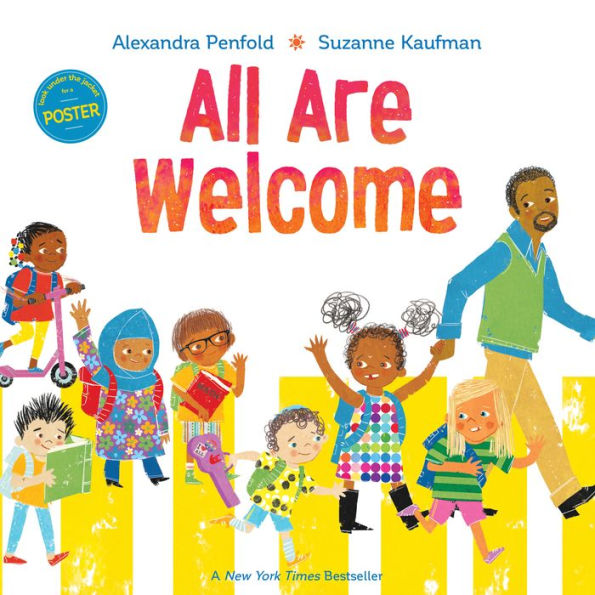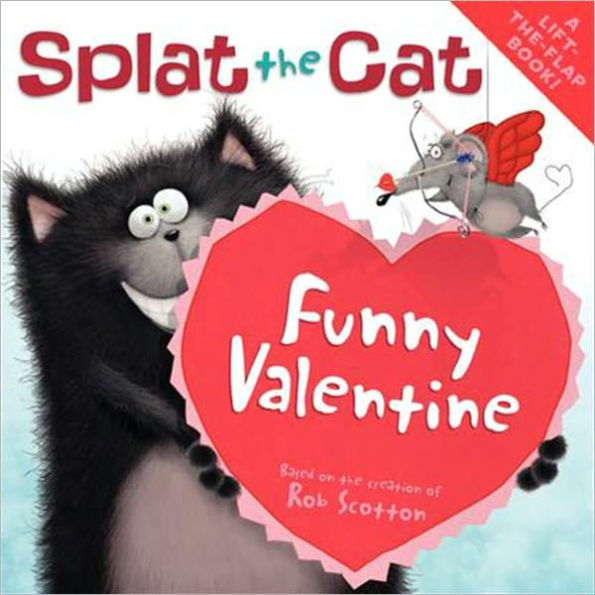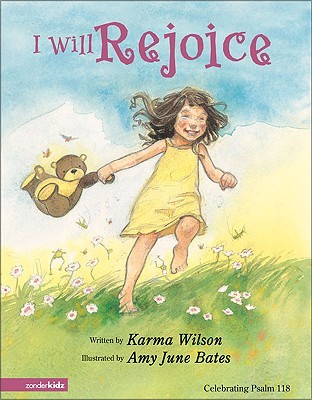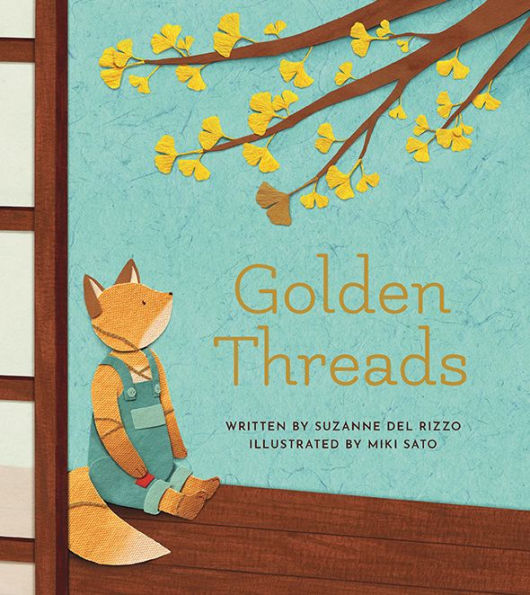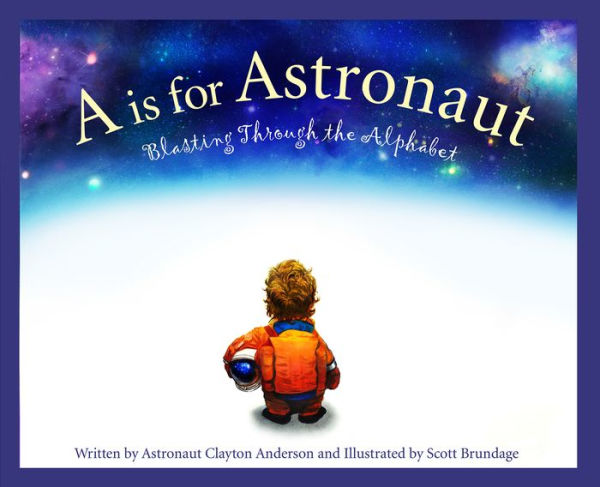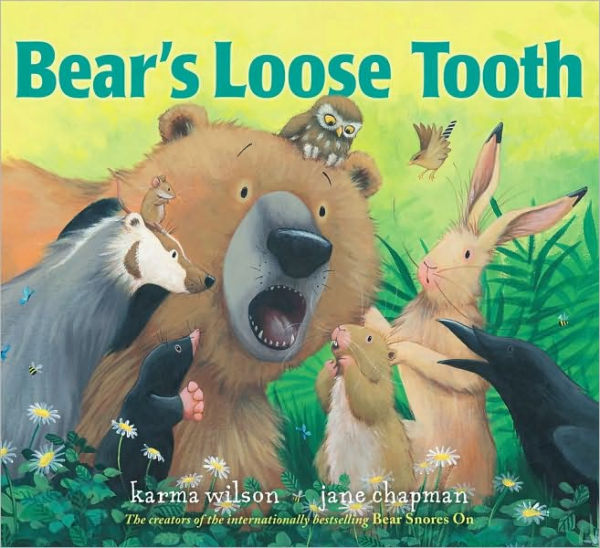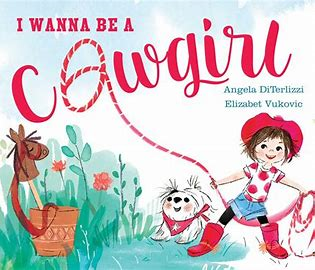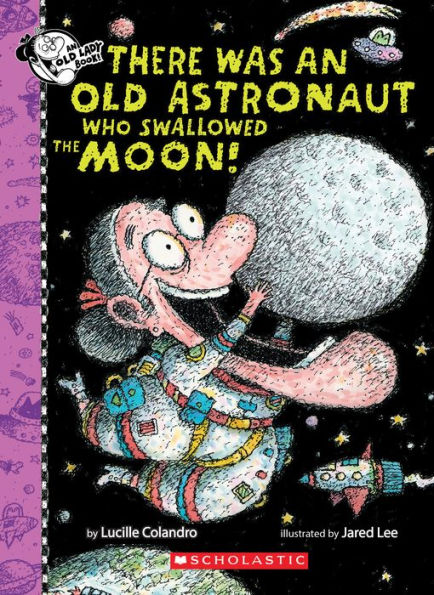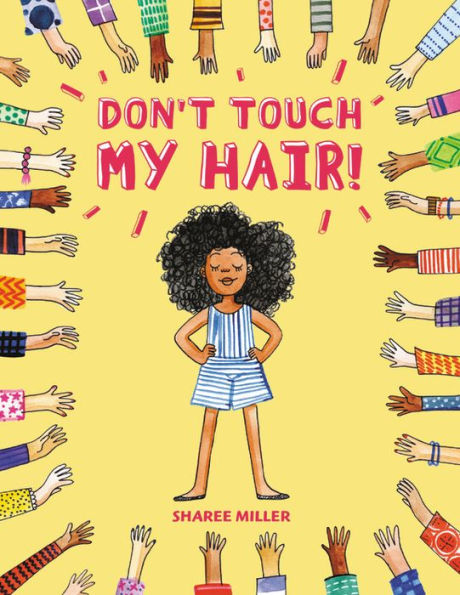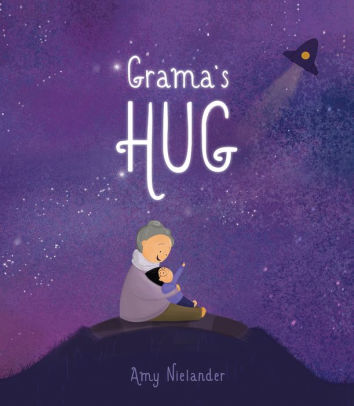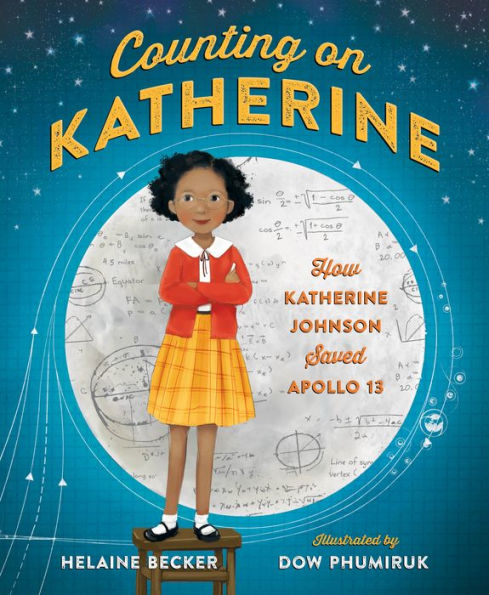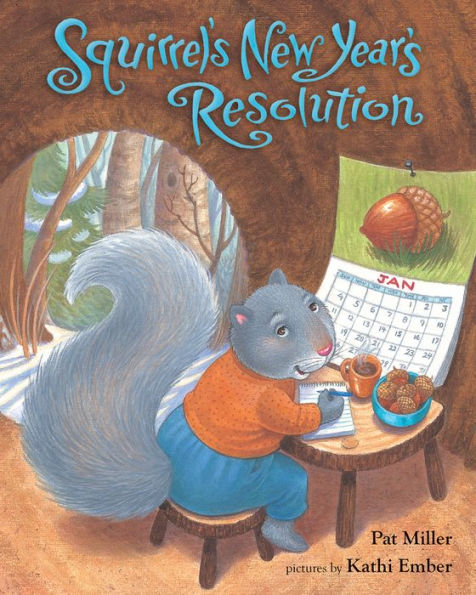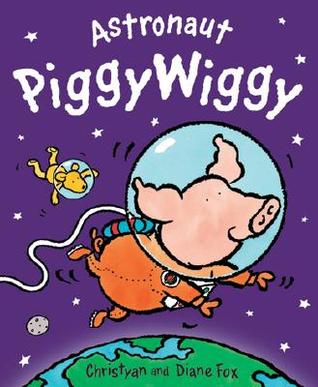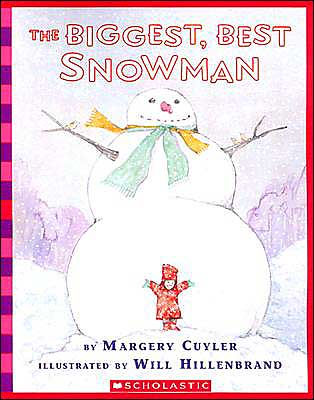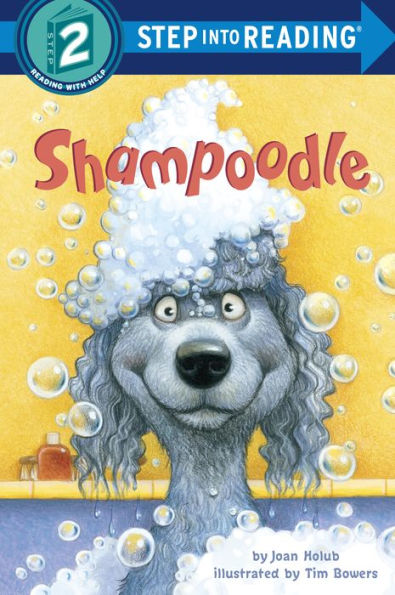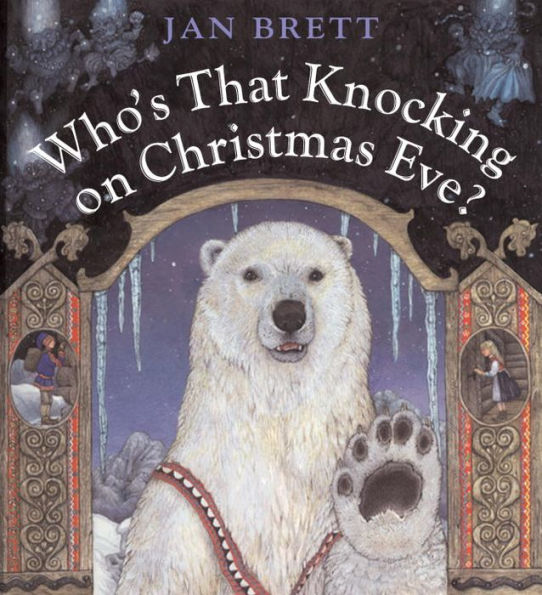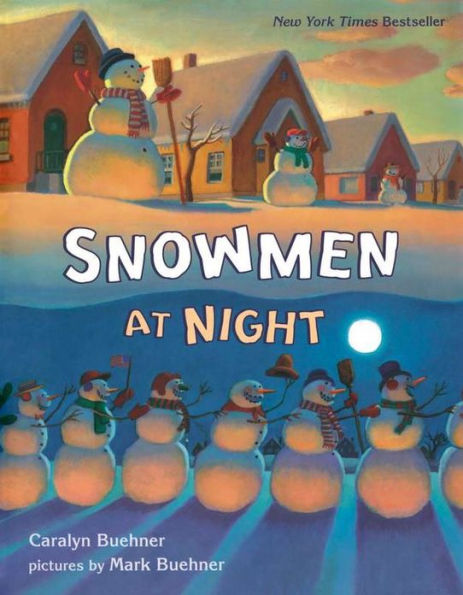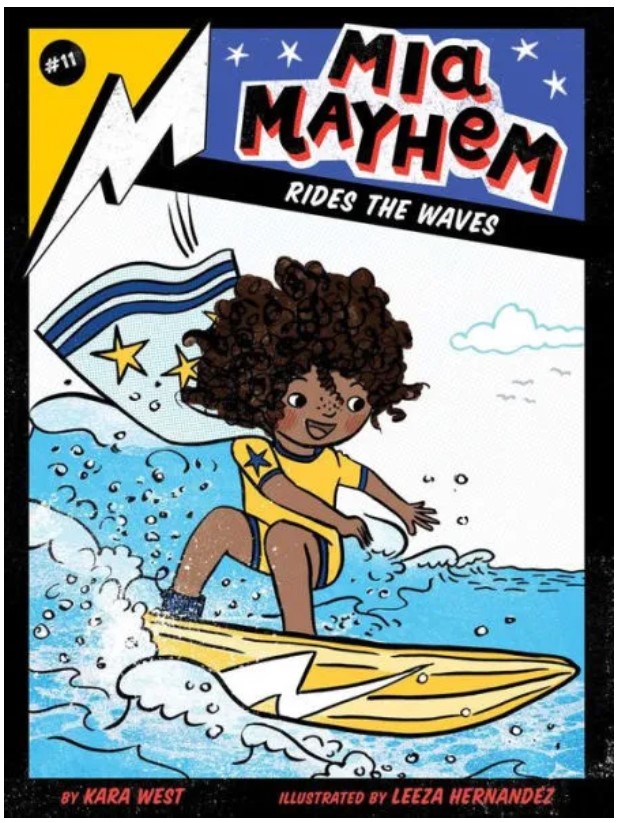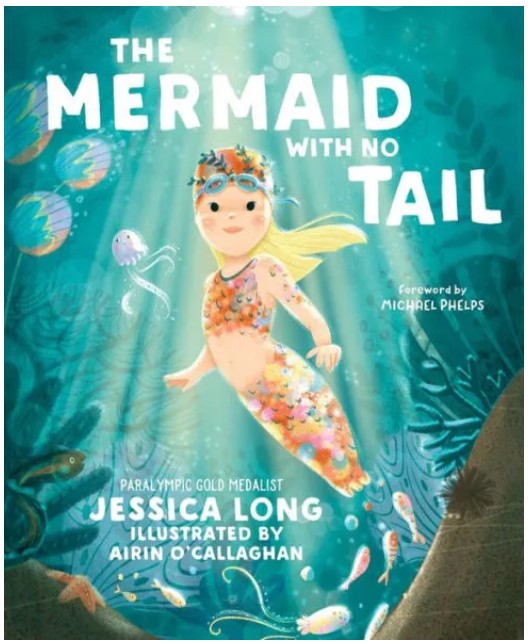Two kids decide to plant a garden. They have everything that they need: a patch of soil, a bunch of seeds, and a warm sunny sky. They make sure their plants can grow by watering and weeding. As the days go by, their plants peek out of the soil and eventually turn into large pumpkins. The kids harvest the pumpkins and use them to make pie and cookies. They also make jack-o-lanterns! The kids have so much fun that they decide to save the seeds so they can grow pumpkins next year.
The Garden That We Grow is perfect for early readers. Each page has large, cartoon-like illustrations that show the kids working in their garden. Most of the pages have one simple sentence that uses rhyming, familiar words, and visual clues to help readers. Almost every page begins with “these are the. . .” The repetition will help young readers feel confident in their ability to read.
With a simple plot and colorful illustrations, The Garden That We Grow will entertain readers as well as teach them the steps of growing a garden. After reading the story, readers will want to plant a garden of their own. More advanced readers will be bored by the story’s repetition and simple sentences. Young readers who want to learn more about gardening should add We Are the Gardeners by Joanna Gaines to their reading list.
Sexual Content
- None
Violence
- None
Drugs and Alcohol
- None
Language
- None
Supernatural
- None
Spiritual Content
- None
